2024 Honda ZR-V
| The Good: – Practical size and features – Seating space and cabin trim – Efficiency and driving feel |
The Bad: – Below average boot space – Pricier than rivals – No sunroof option |
The Honda ZR-V is in its first generation, slotting in as an all-new model between the slightly smaller HR-V and the slightly larger CR-V. It gets even more confusing when it’s being sold as an HR-V in North America. Of course, with car prices flying up to ridiculous levels after the pandemic, it makes sense to divide up the crossover line-up further, although the price difference isn’t particularly vast between Honda’s small crossovers.
The HR-V has a relatively tiny boot, while the CR-V now offers third-row seating, so the ZR-V exists for those who want a small-ish five-seater with a bigger boot.
The ZR-V’s front fascia is a departure from Honda’s current corporate styling, with wraparound LED headlights mounted high over a gaping grille, with no other lighting elements on the front bumper. The roofline is going for that ever-popular “coupe” look, with dark LED tail lights flanking a bulbous rear end. Interestingly, Honda gave it an upscale appearance by offering body-coloured lower plastic panels and dual exhaust tips. While 18-inch alloy wheels are standard, it can be dressed up further with very low-mounted tubular side-steps and such, but we wouldn’t recommend it.
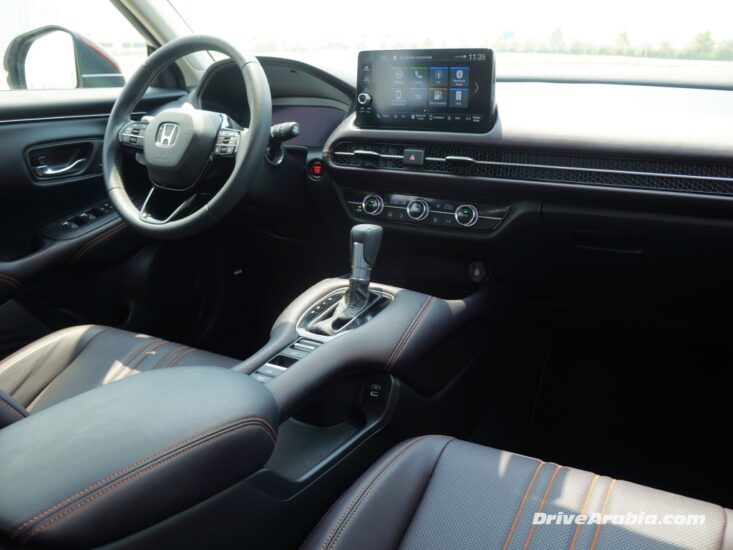
Inside, the ZR-V’s Civic-inspired dashboard looks good, featuring an unbroken line of honeycomb mesh across the vents. A mix of physical buttons and digital displays are surrounded by stitched leatherette trim on the dash, doors and centre-console. Hard plastic panels are relegated to lower reaches of the cabin, but the overall ambience is still a welcome departure from the usual cheapness found in this segment.
The shapely front seats are well-bolstered, fabric-upholstered in the base LX model and leather in the top EX trim. The driving position is low, but the lower beltlines of the doors and bonnet, as well as the relatively-thin A-pillars, provide excellent visibility.
The centre console has deep cupholders and several other storage options, including a pass-through below that lets the passenger access their own phone storage and USB charging ports.
The rear bench seat is well-padded, offering decent headroom and legroom even for tall passengers.
Although much more than the HR-V, the boot space still isn’t particularly impressive compared to rivals. It has 380 litres of cargo volume with the rear seats in place, and 1,291 litres with them folded down flat.
The base ZR-V has a high starting price, but is also well-specced. Standard features include full LED lighting with auto high beams, auto retractable door mirrors, smart key with walk-away auto lock, decent dual-zone automatic climate control a/c with rear vents, a responsive 9-inch touchscreen, 8-speaker audio system, 10.2-inch screen in the gauge cluster, auto-dimming rear-view mirror, Apple Carplay and Android Auto, rear camera and even a wireless charger. The top spec EX adds power-adjustable leather seats with memory, aluminium pedals, power tailgate with kick sensor and walk-away close, reverse auto-tilt mirror, a great Bose sound system with 12 speakers including subwoofer, and 360-degree cameras. The features list is excellent, although you still won’t get a sunroof.
All ZR-V models come equipped with the full Honda Sensing suite of driver-assistance features, which includes adaptive cruise control, lane-keeping assist, and collision mitigation braking. Front, side, side-curtain and front knee airbags are all standard, as are an electric parking brake with brake hold, ESP, Emergency Stop Signal, hill start assist, front and rear parking sensors and a driver attention monitor.
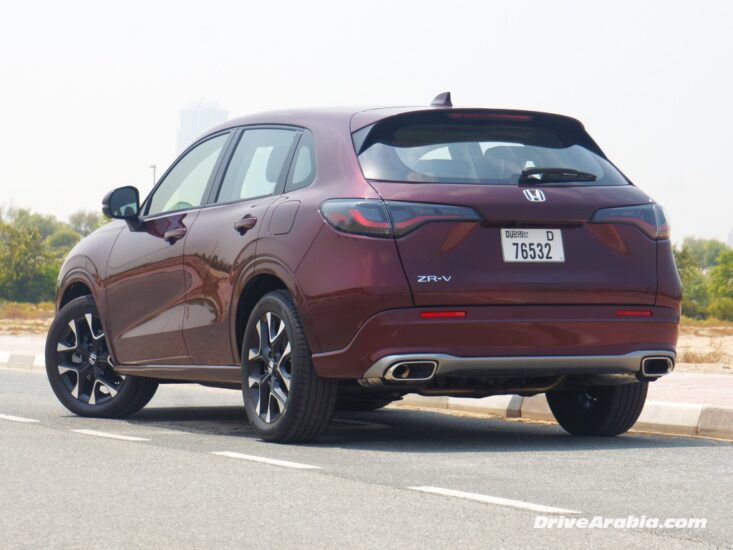
The GCC-spec ZR-V thankfully gets a decent motor, namely the 1.5-litre turbo 4-cylinder from the top-spec Civic sedan. It makes 180 hp at 6000 rpm and 240 Nm of torque from 1700 to 4500 rpm. Mated to a CVT automatic and front-wheel-drive, it’s no rocket, but it provides spritely around-town performance. We managed a 0-100 kph time of 8.5 seconds, which oddly enough is quicker than the bigger 190 hp CR-V.
At highway speeds, it still tends to get noisy under hard acceleration due to the CVT, simulating gear shifts but failing to deliver any real sense of urgency. But while straight-line acceleration isn’t its forte, the ZR-V makes up for it on fuel ecomony, with an as-tested figure of 8.5 litres/100 km (11.8 km/litre).
It has independent multilink rear suspension, unlike the HR-V’s rear torsion-beam setup. This means the ZR-V has a more composed and comfortable ride over most surfaces, only feeling a bit stiff when trundling over rougher surfaces. Road and wind noise start becoming noticeable beyond 120 kph.
The well-tuned suspension also has the benefit of improving handling, as the ZR-V feels confident and planted on winding roads. It feels light and nimble, which makes sense as it’s just 200 mm taller than the Civic it’s based on. With communicative steering and decent brakes, the overall driving experience feels very connected and refined, which is a common trait in small Hondas.
In conclusion, the 2023 Honda HR-V may not be the fastest or the most powerful small crossover on the market, but it delivers a more engaging and comfortable driving experience than before. Its updated design, improved ride quality, and well-thought-out interior make it a compelling choice for those in search of a practical and stylish daily driver. While it has its shortcomings—mainly in terms of power and cargo flexibility—it manages to surprise with its overall refinement and charm, proving that even a sensible vehicle can have a little bit of personality.
Photos by Marouf Hussain Chowdhury.
| Price Range: Dh 119,900-134,900 Current Model Introduced in: Body Styles: Engines: Transmissions: Setup: Suspension: |
Brakes: Front: discs Rear: discs Curb Weight: Length: Wheelbase: Top Speed: Test Acceleration 0-100 kph: Observed Test Fuel Economy: |
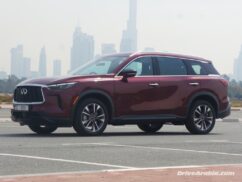
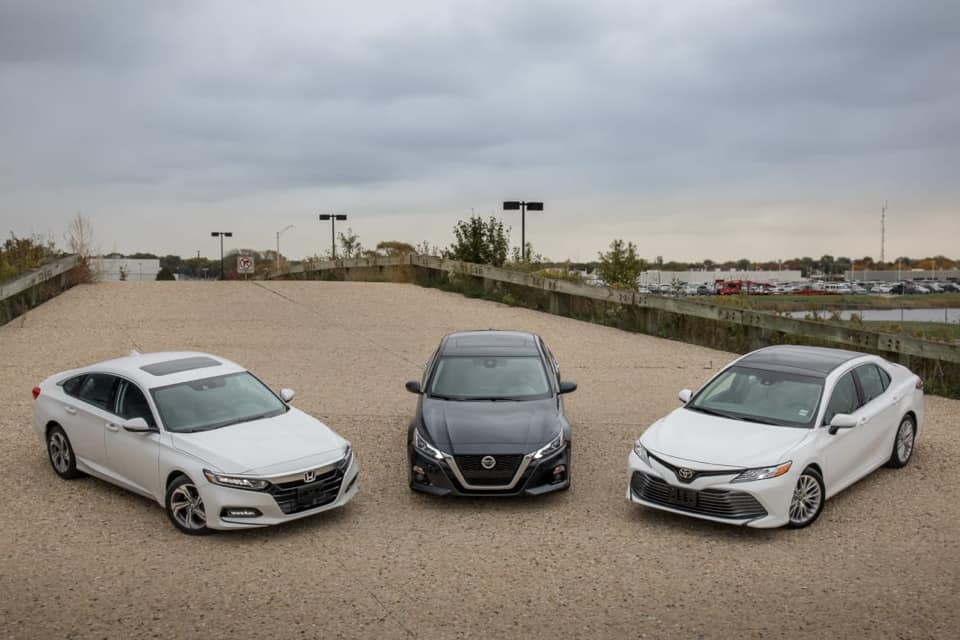

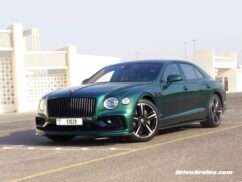

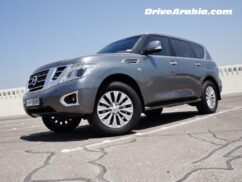
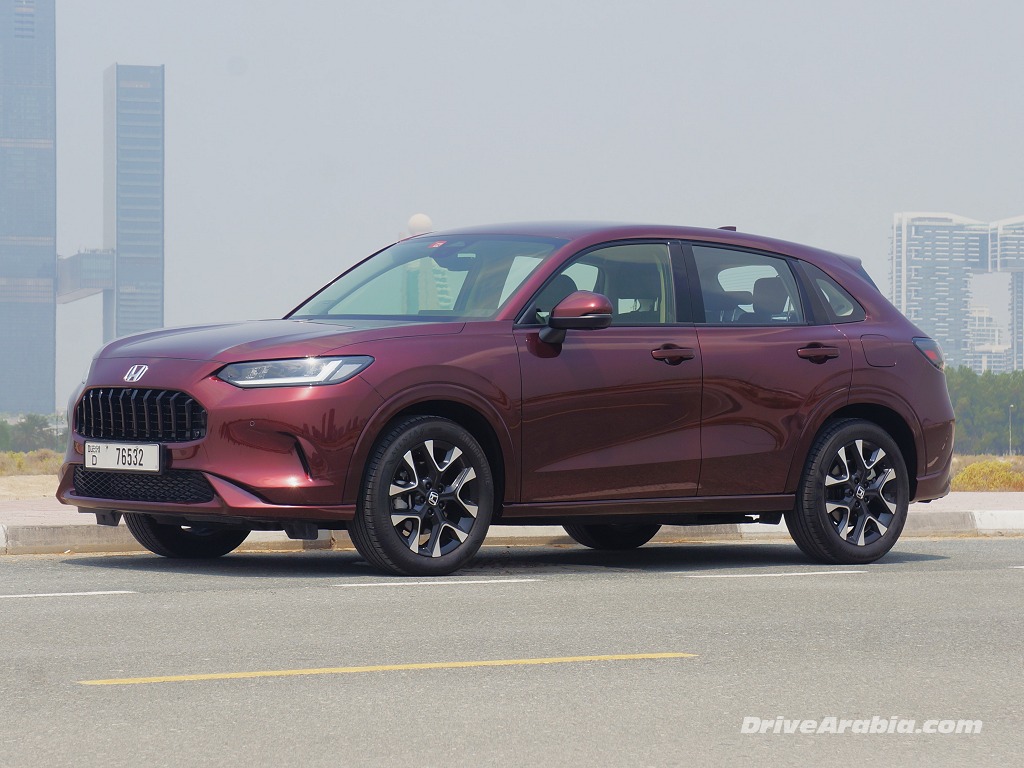
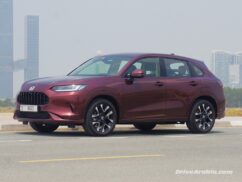
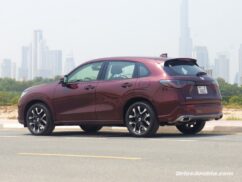
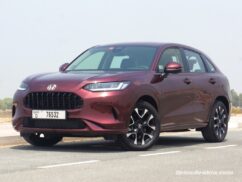
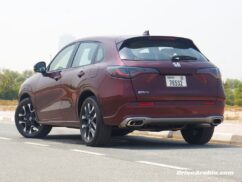
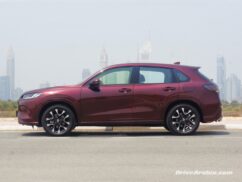
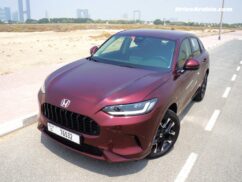
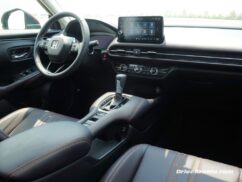
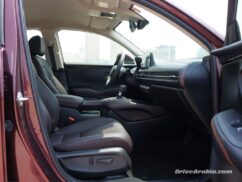
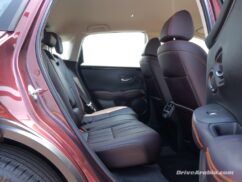
There are no comments. Be the first!